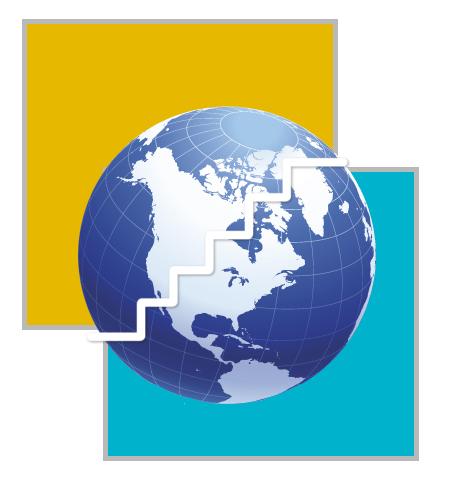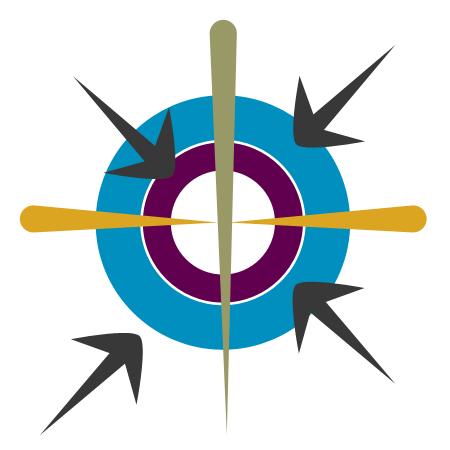News
On August 9-14, 2015, members of the Blue Peace Middle East Community embarked on a learning journey to explore and learn in detail about cooperation in the Senegal River Basin in West Africa. The delegation from the Middle East included former ministers, senior policy makers, academic and technical experts and leading members of the Blue Peace Media Network.
Strategic Foresight Group organized the Learning Journey to Senegal River Basin in coordination with the Senegal River Basin Commission (OMVS). Following the Mekong Learning Mission, which was held in November 2014, the Learning Journey to Senegal River Basin was a continuation of the �€˜exchange of experience�€™ activities under the Blue Peace Initiative. It was sponsored by the Swedish International Development Cooperation Agency.
The journey was conducted over a period of five days in Senegal during which the participants were able to directly experience and learn from the working of the Senegal River Basin Commission (OMVS) and derive key learnings for the Middle East. The Learning Journey introduced participants to new experiences and gave insights regarding cooperation and efficient transboundary water management achieved by the riparian countries of the Senegal River basin in West Africa.
The participants of the Learning Journey interacted with the staff at the OMVS Headquarters in Dakar. The directors of national cellules and national coordination committees of OMVS such as SOGED �€“ La Société de Gestion et d�€™Exploitation du Barrage de Diama (Society of Management and operation of Diama dam), SOGEM �€“ La Société de Gestion de l'Energie de Manantali (Electricity Management Corporation of Manantali Dam) and SOGENAV - La Société de Gestion et d'Exploitation de la Navigation (Management Corporation for the Development of Navigation) were present.
The topics covered were Agriculture, Energy, Navigation, Fisheries, Basin Development, Environment and Climate Change. Each session highlighted the role and functions of OMVS in facilitating cooperation between the riparians in these areas. A detailed historical background of the formation of OMVS was also provided which helped the participants to understand the context of cooperation. Additionally, the participants got the opportunity to go on two field trips which provided them with hands-on experience of the results of previous and on-going cooperation activities of the OMVS and National Cellules of Senegal working on agriculture and urban water supply.
On the first day of the field visit the participants visited the Diama Dam in Diama (on Senegalese side), about 290 km north of Dakar. Director General of SOGED Mr. Tasmir Ndiye and the representatives of SOGENAV along with Mr. Madine Ba, the Secretary General of the OMVS gave a guided tour of the Diama dam to the participants. The dam spans the border of Senegal and Mauritania. The anti-salt dam of Diama was built in 1986 to prevent the saltwater intrusion upstream and to supply water for irrigation. Since its construction, the supply conditions of drinkable water to large urban centers such as Saint Louis, Richard Toll, Dagana, Rosso, Podor, Bouge, Dakar and Nouakchott have improved. The resultant development of agricultural activities and restoration of natural environment in the region has helped in enhancing the standards of living of the residents. Other socio-economic impacts of the dam include the improvement of navigability of the Senegal River in its influence zone.
The second day of the field visit consisted of the visits to water treatment plant of Keur Momassar and the Federation of Self-managed areas of Senegal. The water treatment plant at Keur Momassar is located about 230kms from the capital of Dakar. More than half of the drinking water supply to Dakar comes from this water treatment plant. The head of the plant and representatives of SONES - Société nationale des Eaux du Sénégal (Senegal National Drinking Water Authority) explained the functioning of the plant and gave a guided tour of the plant to the participants from the Middle East. Later, the participants had a chance to interact with the local farmers at the office of the Federation of Self-managed areas of Senegal. The organization was established owing to the motivation of the residents to contribute to the socio-economic development of their country in 1993. Today, the main objective of the organization is to help the National Programme of Self-Sufficiency in Rice Production in Senegal (Programme National d�€™Autosufisance en Riz PNAR), which aims at self-sufficiency in rice production in Senegal by 2017. It is important to note that similar grass-root level initiatives also exist in Mauritania, Mali and Guinea.
The most significant feature which the participants discovered in case of the OMVS was their emphasis on cooperation and the strong political will. The participants also noted that the riparian members were developing countries that had aligned their water policies and development policies with highest level of cooperation. They expressed appreciation for the comprehensiveness and regularity in data collection, the unique cost-benefit sharing formulae and joint ownership of water infrastructure in the Senegal River Basin and cited it as a significant learning for the Middle East.
To read the full report on the Senegal River Learning Journey click here.





